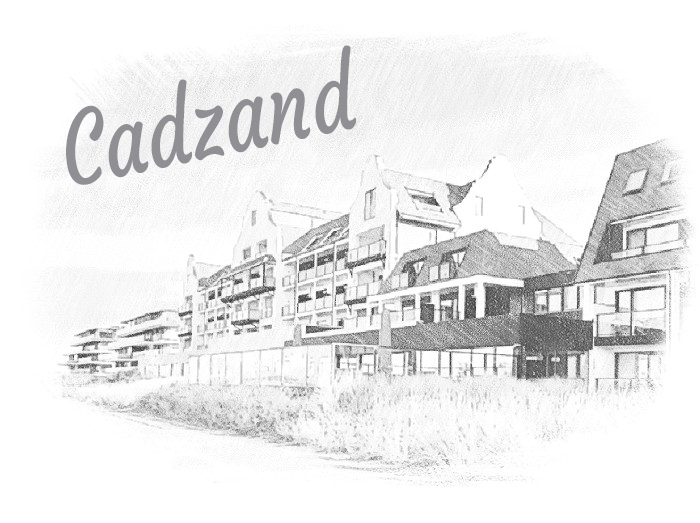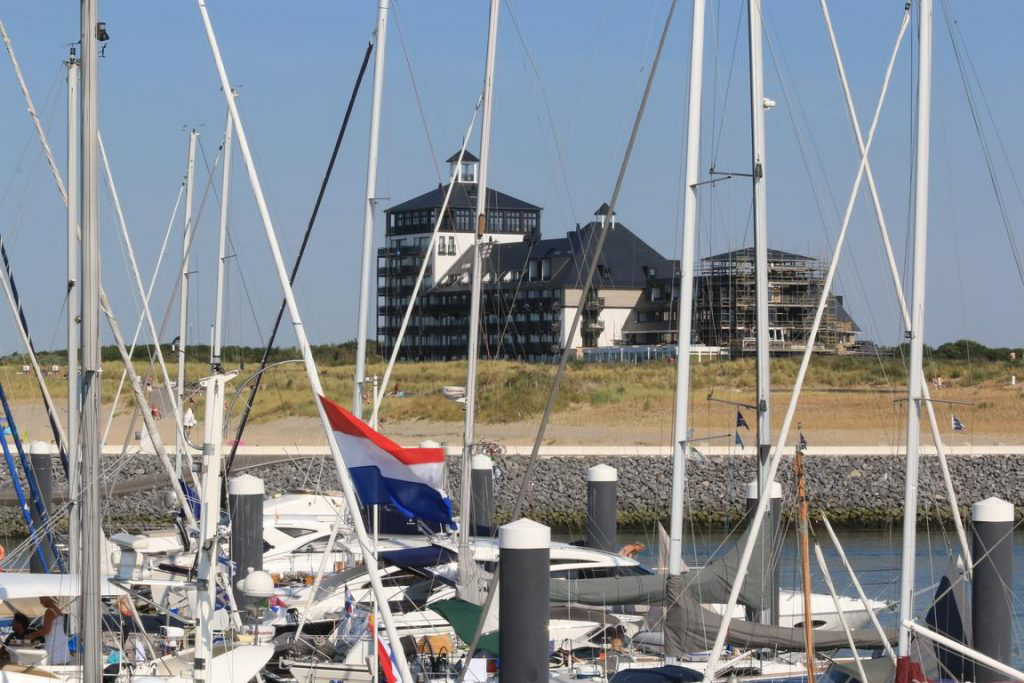cadzand

Tracing the Footsteps of a Seafaring Village
Cadzand, a quaint coastal village in the Netherlands, has a history as captivating as its scenic beauty. With roots stretching back to the early Middle Ages, this seafaring community has undergone centuries of development, shaping its character and leaving an indelible mark on its present-day allure.
Historical records show that Cadzand was first settled in the 12th century, emerging as a fishing village due to its strategic location along the North Sea coast. Throughout the following centuries, it thrived on maritime trade and fishing, forging its identity as a robust seafaring hub.
In the late Middle Ages, Cadzand witnessed considerable growth, establishing itself as a center for salt production, an essential commodity at the time. This economic prosperity brought forth an architectural transformation, with charming houses and a historic church adorning the village landscape.
Over the years, Cadzand has endured both prosperity and adversity. It faced numerous battles and invasions, often caught in the crossfire between neighboring powers. However, the resilience of its inhabitants ensured the village’s survival and enabled it to retain its unique cultural heritage.
In recent decades, Cadzand has undergone a metamorphosis into a beloved tourist destination. Its sandy beaches and recreational facilities attract visitors seeking relaxation and water-based activities.
As we bask in the tranquility of modern-day Cadzand, it is essential to acknowledge the fascinating historical journey that brought this charming village to life. A treasure trove of stories, Cadzand’s history adds depth to its allure and beckons us to explore its maritime past while embracing the pleasures of its coastal present.

In 2016, two breakwaters were built at the mouth of the Uitwateringskanaal and a marina was constructed. The marina, which can accommodate about 125 ships, came into operation in May 2017.


Farmer Augustinus Albrechts built a hotel and beer house annex farmhouse on the dunes of Cadzand in 1866.
The well-to-do bathers from the Flemish hinterland were provided with a bathing carriage. This made him the founder of the current Cadzand bath. Sometimes he had 3 hotel guests. Day trippers came more.
The First World War and the economic crisis caused great poverty.


Wooden emergency cafés and shops were built at the bottom of the dunes. The tourists camped at the farm. In the 60s, the flow of German tourists started. Private individuals rented out their dike house, guest room and shed. Cadzand–Bad lives mainly from tourism.


The blue oblique bar comes from the coat of arms of the Vrije van Sluis. Cadzand belonged to the Vrije van Sluis and, like other municipalities, took over the coat of arms with a distinctive initial letter. In this case the K of Kadzand or (West Flemish) Kezand.
In the register of the Supreme Council of Nobility, no description is given, only an image.










